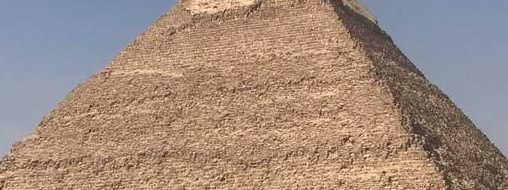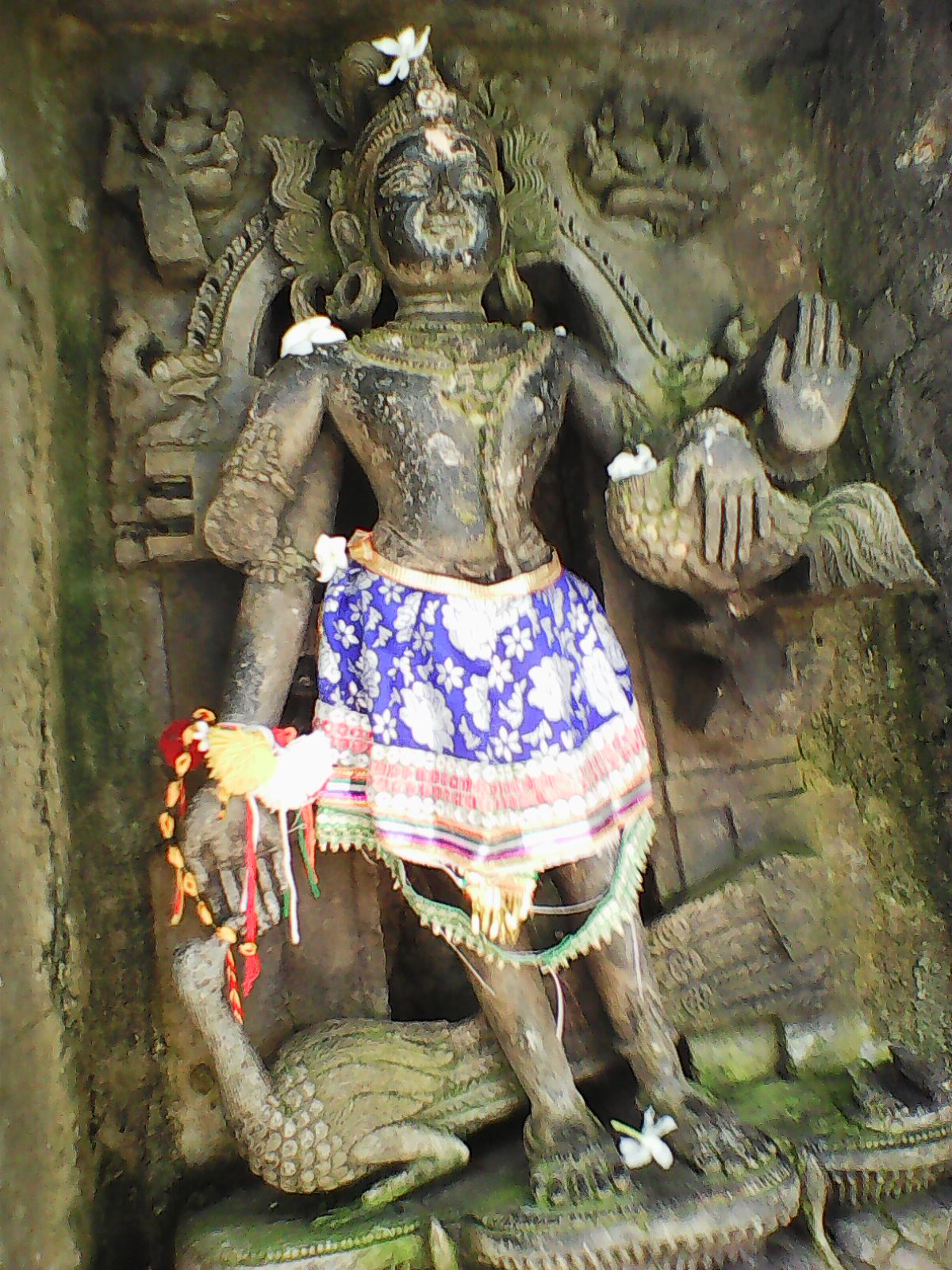
Scythians’ God, and Meaning of ‘Essene’.
Scythians were recognised as a group of followers of God Scytha, or ‘Skanda’; it is not name of a tribe nor identifies a land belonging to this tribe. Only seat of worship of God Skanda brings a group of people from various tribes and from various regions closer to each other as devotees of this God whose seat of worship is next to Jerusalem and Essenes.
The canvass of regional ‘groupings’ of ancient tribes according to their faith in a ‘God’ sprang from the seat of worship of Gods which are recognised with the ‘Eight Gods’ ( Ogdoad of Egypt)responsible for sustaining life force on earth. Creation story as mentioned in ancient literature finds these gods at the centre of evolution of life on earth. The meaning of the biblical God Essene took largely a one-sided Jewish view, and the meaning extracted to recognise the followers of Essene like St Paul falls flat to explain the primordial nature of evolution of Gods.
Essene is one of the ‘Eight Gods’ whose seat of worship is to the ‘north-east’ of the ‘inhabited world’. Jerusalem which identifies the Seat of Worship of Yama, King of Death, is at the ‘centre’ of the Astarte Gods. Yama sits in the middle and other Gods’ seats encircle this God which identifies the Hade of the Homeric epics. According Indian tradition, Issan also marks a sacred corner in each household where the bone-relics of immediate ancestors are put and worshipped till they are thrown into a river or sea. Every house worships this ‘Issan’ on each day and/or on auspicious days. This relics worship is at the root of the ‘brahma’ concept of the ancient world. Manu Smruti very clearly identifies this region that marks ancient Jerusalem in Mahasala region.
Essene is known to Pali texts as Issan, and Indian puranas call this in the same name but links God Mahadeva with this name. But name of Mahadeva is wide-and wild-spread among various tribal followers of the ancient world that links this God to a primordial mountain called Mt Kailash(see it with Caucasus). Skanda was son of Mahadeva, but he was born out of a divine arrangement from Kritika(a generic name; mark this name with Abraham’s second wife) outside her vagina. After birth of this God, six primordial ‘mothers’ took the charge of caring this divine child. Wonderful is the story of this God Skanda whose other two names are, Kumara and Kartikey(as son of Kritika). The Bible knows this God as Chemosh(Kumar), and King Mesh was a follower of this God whose country was very close to his seat of worship. Birth story of Kumar or Chemsoh has been described in detail in Markandeya(Marcion of the Bible) purana which also carries the story of the Flood. Skanda purana which versifies the sacredness of all the seats of worships of Mahadeva scattered throughout the ‘inhabited world’ and glorifies the name of this God, clearly identifies God Mahadeva as a God of the Scythians. God Kumar, many believe, is at the creation story from the time immemorial whose evolution is linked to ‘Mother’s only. Skanda purana takes the name of Sikander to identify the greatness of Alexander.
Name and seat of worship of this God Chemosh solves many of the intriguing problems of the ancient world with respect to geographical situations of many places. Biblical scholars find Essenes as the third group of Palestinian without understanding that this is name of a ‘God’; and linking Essenes with other groups like the Pharisees, Sadducees, Zealots, Ebionites, and Karaites complicates the identification of each individual groups’ geographical situations. Jewish identity of the God Essenes comes from the fact that seat of worship of Essenes is identified with Coomar or Kumar Island which is next to Jerusalem. Coomari Island or the Women’s Country is neighbourly to it. Indian puranas find Mt Skand as the 5th mountain of the Salmali-dvipa(Jerusalem) . The 6th mountain of this island marks Mt Mesh which holds the ancient volcano itself. King Mesh was a follower of God Chemosh, or Kumar who attacked the Moabites on a direction from this God.
Those who say that Essenes are not mentioned in the NT are incorrect. Paul was a follower of Essenes, and he, like Alexander the Great, visited the Fair Haven, or the Coomari or Kumari island. God Chemosh is worshipped by unmarried girls. HE is worshipped in the Full Moon Day of Kartika(Oct-Nov.) every year. That is the reason why Essenes-celibacy has been versified in all ancient literature. Qumran is the corrupt name for Kumar or Coomar. Josephus, Philo, and Pliny’s mentioning on Qumran-celibacy identifies the seat of worship of God Chemosh near Kumari or the Women’s Country.
Essenes—‘north-east’ direction; signifies the seat of all Gods as a whole;
identifies the place where bone-relics of ancestors are kept; marks
Jerusalem.
Chemosh-God of Coomar Island; next to its seat of worship is the Kumari, or
Women’s Country; worshipped by unmarried girls; identifies Star
Kurtika, month Kartika, Kirtika deity, King Mesh’s Kingdom, and
situation of the ancient volcano.
Pliny the Elder(Nat.Hist., 5.17) locates the followers of Essenes between Jericho and En-gedi. And this identifies the seat of this God in Kaspeira region or on the bank of the Caspian Sea which marks the seat of worship of Sage Kashypa in Kashmir. Indian puranas identifies ‘Skanda-kshetra’ with place of worship of Kumara-swami, which is identical with Qumran of the Bible and Ptolemy puts the place very correctly in his Asiae Map VIII like the Periplus.
Essenoi and Essaioi of Greeks pinpoint a asi-daioi as name of a region where lies this God’s seat of worship; the other name of this region is also called Issedon or Essedones. This also marks Sidon of the Bible, and city of Sada-nagar and Sada-Nira river of Indian puranas. The latter identifies the seat of worship of deity Sarada in Kashmir(not the present Kashmir). Ptolemy clearly marks in his Asiae Map VIII two places in this name which scholars failed to understand and this criticised him.
Ancient Assyrians and Samaria countries are all neighbourly seated with Medes in the southeast, and Babylonian in the southwest of this place. This region is watered by the river Accesines, also known as Ascesines and Askini, or Yakni, or Agni. Through one name of this river comes alive with various meanings attached to this river’s name and fame of the region which has been versified in all world epics, mythologies and history. Disappearance of this river has also been noted in Homer’s epics as well as in Indian puranas.




 © All rights reserved, 2022, Akhil Kumar Sahoo. Design :
© All rights reserved, 2022, Akhil Kumar Sahoo. Design :